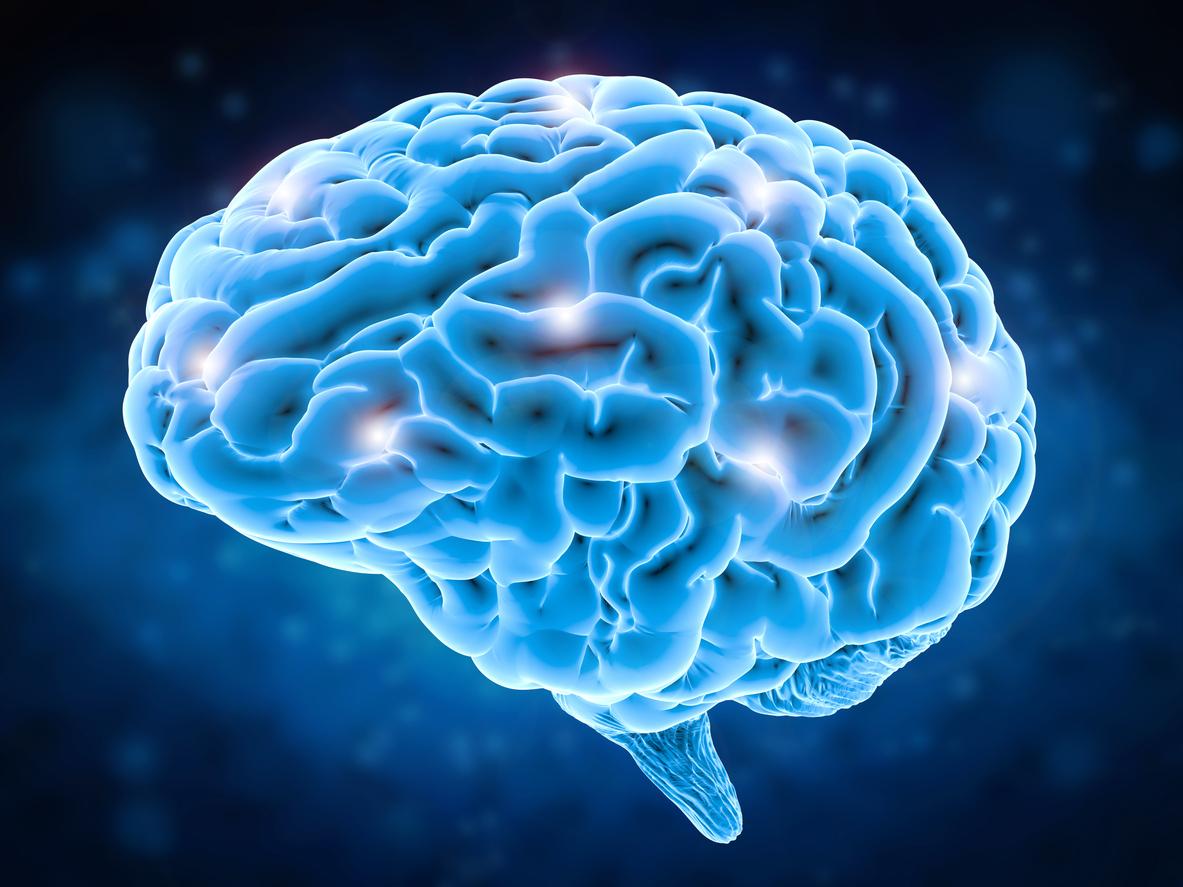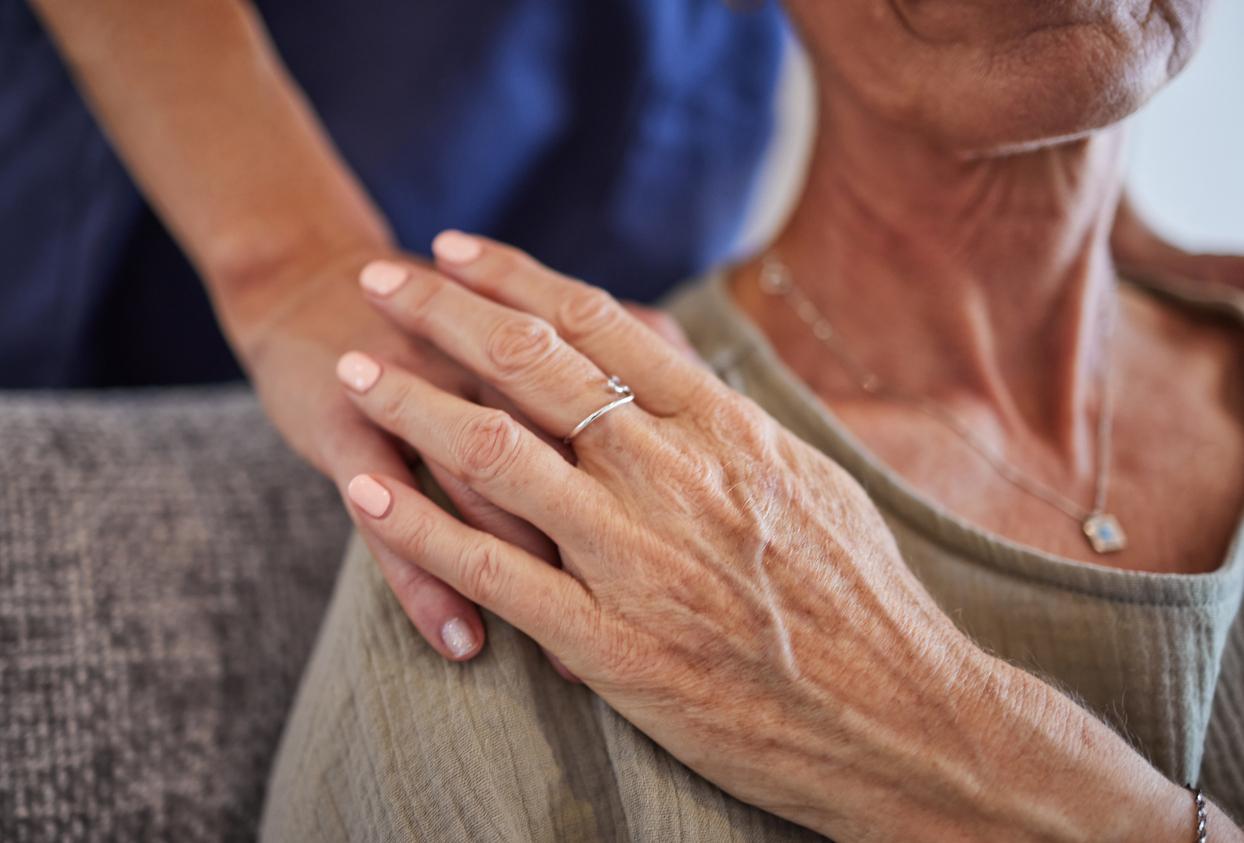Brain stimulation helmet reduces symptoms of heartbreak, such as depression and anxiety.

- Researchers have developed a brain stimulation helmet that can reduce symptoms of heartbreak.
- Participants achieved results in just two 20-minute sessions per day for five days.
- One month after the experiment, participants still felt better.
Months, sometimes even years… Getting over a heartbreak takes time. But researchers may have found a way to speed up the healing process using a brain stimulation helmet. Their work was published in the journal Journal of Psychiatric Research.
Heartbreak: a helmet that stimulates brain areas involved in regulating emotions
To measure the effectiveness of their helmet, scientists from theUniversity of Zanjanin Iran, and of theBielefeld Universityin Germany, tested it on a group of 36 participants. Following a breakup, all of them were affected by “love trauma syndrome”, which is characterized by sadness, depression, negative thoughts, anxiety, insomnia, etc.
For five days, the participants wore the headset for two 20-minute sessions a day. But the scientists divided them into three different groups, depending on which area of the brain was stimulated. In the first two groups, the stimulated areas were involved in emotion regulation: the dorsolateral prefrontal cortex for the first group and the ventrolateral prefrontal cortex for the second group. Finally, in the last group, no area was stimulated, because the headset was turned off.
Less depression and anxiety linked to “love trauma syndrome”
The researchers observed that the symptoms of “love trauma syndrome” in participants in the first two groups were reduced, particularly in terms of depression and anxiety, compared to the third group. The benefits of the helmet were greater in volunteers in the first group. The scientists therefore deduce that the dorsolateral prefrontal cortex could be the brain region that allows the most improvement.
“Since negative emotions dominate after relationship failure and emotional dysregulation occurs, emotion regulation is considered the primary goal of treatment.” the researchers explain to the media The Guardian. A month after the experiment, the scientists asked the participants how they felt. Answer: better!These promising results need to be reproduced in larger trials.“, the authors emphasize.


















